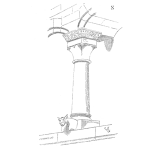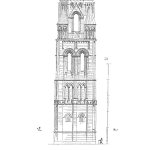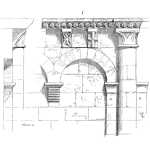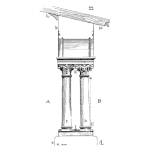
When you run machines above design rates that decision goes against all that we know about creating high plant uptime and outstanding equipment reliability—in fatigue situations 10% additional stress will cost you ten breakdowns.
The dominate factor in machine life and production plant uptime is the stress in your machines’ working parts. The stress developed in a part’s material of construction microstructure is directly linked to the force applied to it. It does not matter where the force comes from or why it is applied, once the stress in your parts go beyond their microstructure limits your machines fail. If you want to run at high production rates first ensure that your working parts cannot become overstressed.
[Read more…]













 Ask a question or send along a comment.
Please login to view and use the contact form.
Ask a question or send along a comment.
Please login to view and use the contact form.